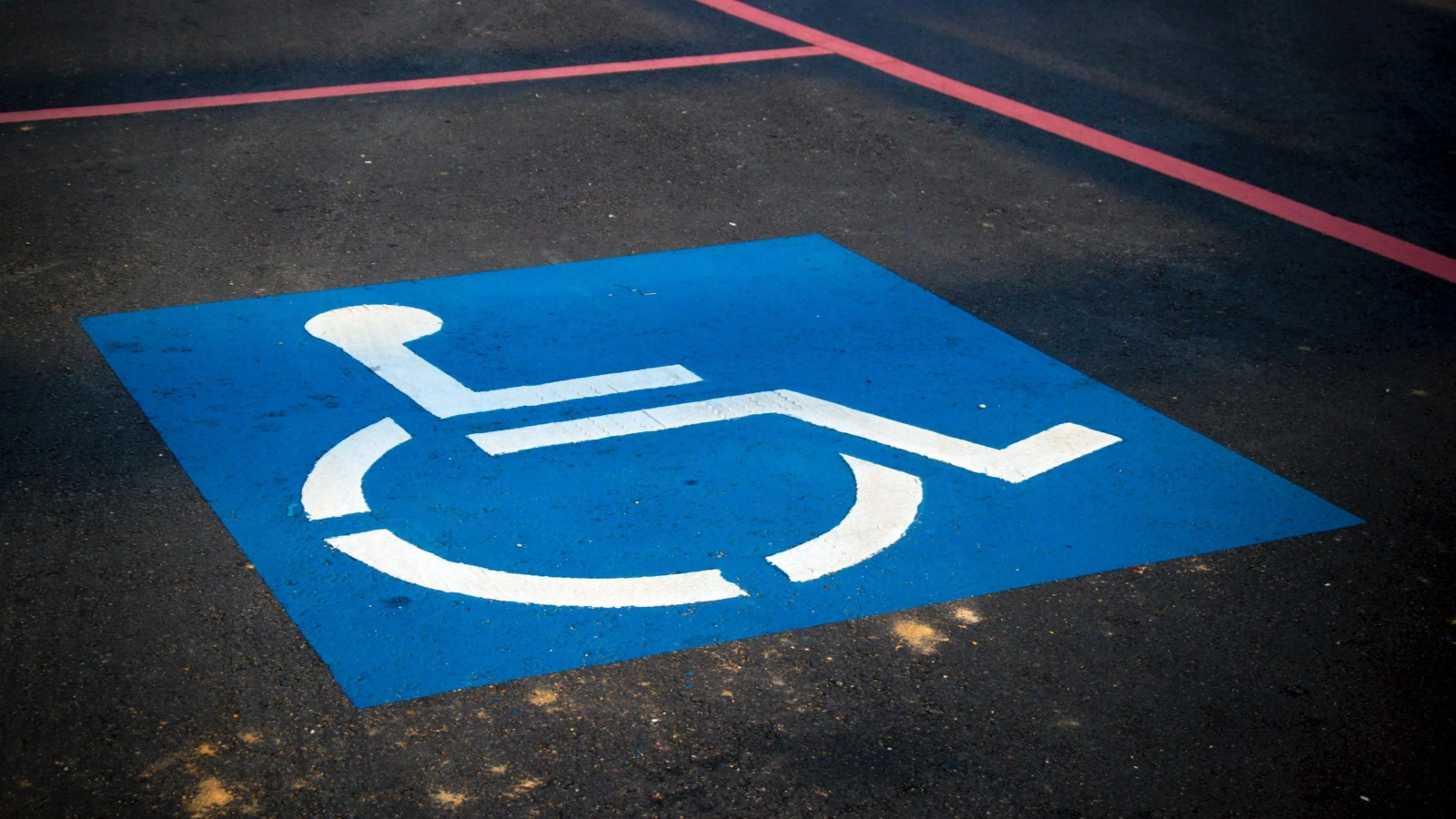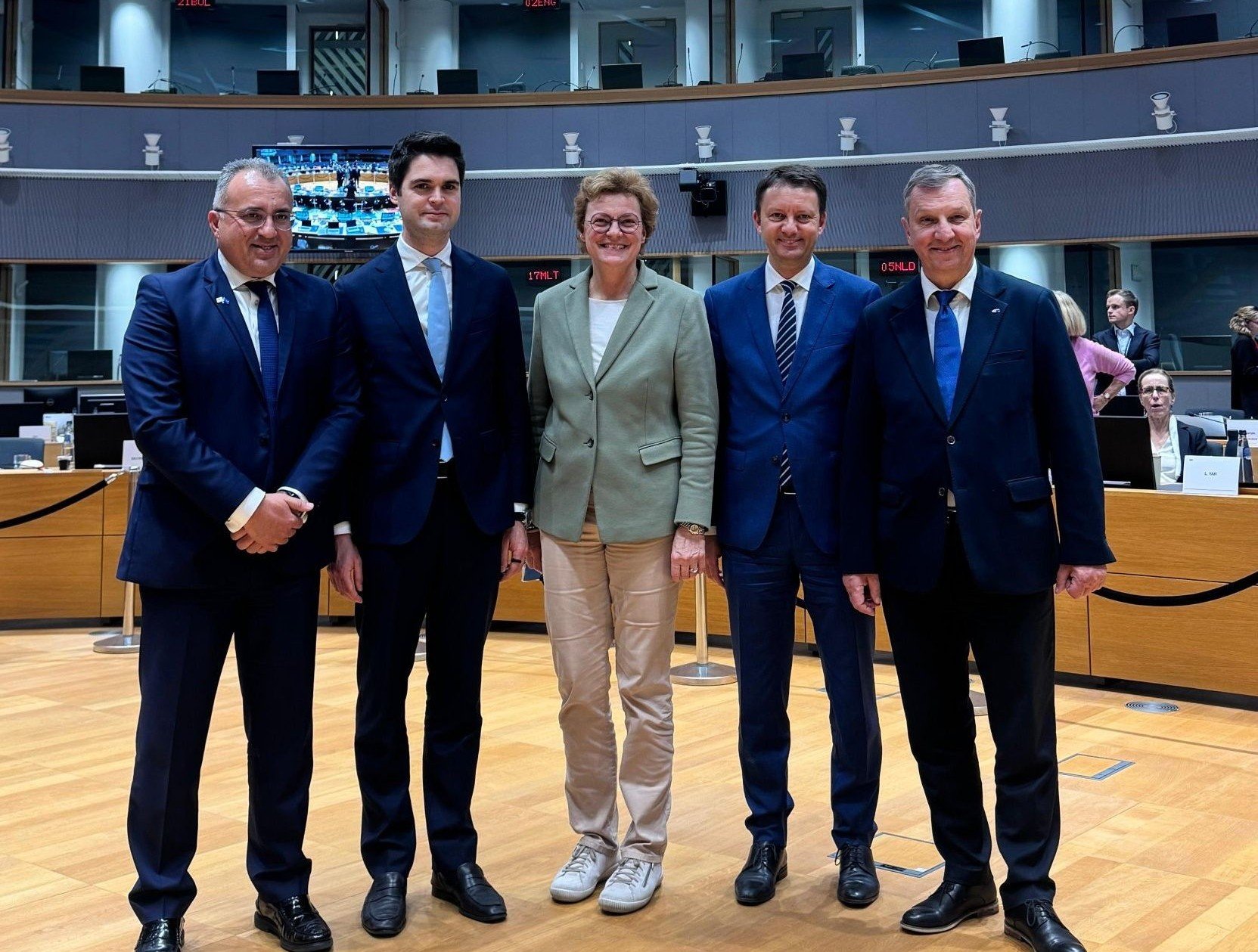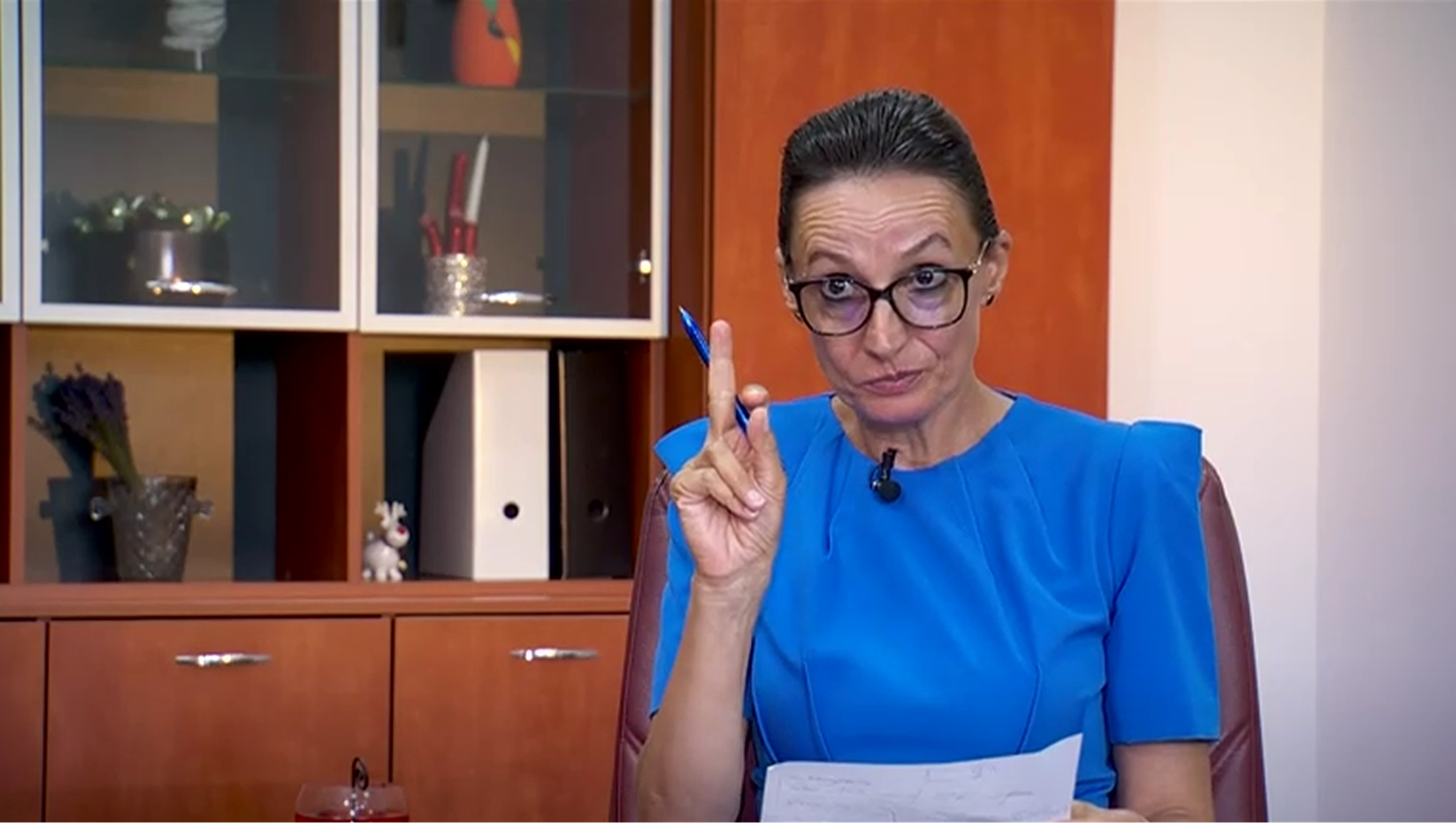The total number of people with disabilities, at a national level, reported on December 31, 2020 to the National Authority for the Protection of the Rights of the Child and Adoption and People with Disabilities (ANDPDCA), through the general directions of social assistance and child protection, was of 857,638 people, according to the data published by the institution.
Of these, 98.03% (840,727 people) are in family care and / or are living independently (non-institutionalized), and 1.97% (16,911 people) are in public residential institutions for social assistance for adult people with disabilities (institutionalized), coordinated by the Ministry of Labor and Social Security through ANDPDCA.
According to Law nr. 448/2006 regarding the protection and promoting rights of people with disabilities, republished, the types of handicap are: physical, hearing, visual, deafblindness, somatic, mental, psychic, HIV/AIDS, associated, rare diseases.
Women represent 53.25% of the total number of people with disabilities.
The number of people over 50 y/o represent 72.72% of the total number of adult people with disabilities.
On age groups, 53.04% are people with ages between 18-64 (415,995 people) and 46.96% are over 65 (368.369), for total adult persons with disabilities.
According to the law, the disability degrees are: severe, emphasized, medium and mild.
The number of people with severe handicap represent 40.09% of the total (from 39.92% on December 31, 2019), those with emphasized handicap 48.21% (from 48.80% on December 31, 2019), and those with medium and mild handicap, 11.70% (from 11.28% on December 31, 2019).
The number of public institutions for social assistance for adult persons with disabilities, on December 31, 2020, is 508 (from 503 on December 31, 2019), of which: 453 residential (from 443 on December 31, 2019) and 55 non-residential - daytime (from 60 on December 31, 2019).
Approximately three quarters (73.29%) of public residential institutions for adult persons with disabilities are: centers for care and assistance (31.35%), having 6,480 beneficiaries, protected homes (32.01%), having 1,027 beneficiaries; rehabilitation and empowerment centers (9.93%), with 1,968 beneficiaries. These represent 56.03% of the total number of 16,911 people who are in residential institutions.
A significant number of beneficiaries exist in the 52 centers for neuropsychiatric recovery and rehabilitation, namely 4,755 (28.12%).
From the 453 public residential institutions for social assistance for adult people with disabilities, 85 are centers with over 50 beneficiaries. These centers are currently in a restructuring process. AGERPRES
Almost 860,000 people with disabilities, in Romania, at the end of last year
Explorează subiectul
Articole Similare

7
UMF Carol Davila: 3,881 graduates to sit Residency Entrance Exam at Romexpo on Sunday
7

10
Daniel Baluta submits candidacy for Bucharest mayor: "I am running for the people"
10

12
Enhanced security in the Black Sea region, strategic priority for Romania and Turkey (MAI)
12

12
IMF report confirms that our reform package is credible for partners (FinMin Nazare)
12

13
IMF requests from Romania right policy mix, ambitious structural reforms to restore fiscal sustainability
13

17
Russian ambassador summoned to Ministry of Foreign Affairs over drone that entered Romania's airspace on November 10
17

12
Canonisation of Holy Venerable Confessor Arsenie of Prislop to be locally proclaimed on Nov 28
12

21
All aboard the Euro-train: EU accelerates development of high-speed train network
21

11
EcoMin Miruta: Electronic ID card is very useful and should be integrated with more entities
11

8
My expectation is fuel prices to return to normal in very short period of time (competion watchdog's head Chiritoiu)
8

8
We monitor the egg market for price gouging (trade competition chief)
8

8
EcoMin Miruta says the Ministry is to have a tech team for state's digitalization architecture
8

9
Postage issue to celebrate 50th birthday of athletics great Gabriela Szabo
9




















Comentează